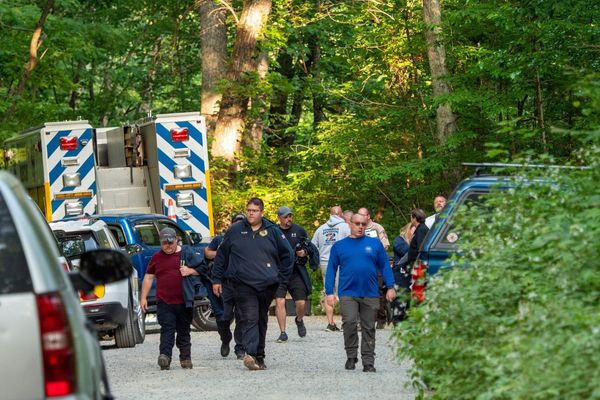The ACT government has made more than 130 tweaks to the new bus network since its launch six months ago, Transport Minister Chris Steel has revealed.
Mr Steel has forecast further changes, although he has no time frame for when axed weekend bus services might be reinstated.
The final day of annual report hearings put the spotlight on the transport portfolio, with Mr Steel facing a series of questions on the controversial new bus network and planning for light rail's second stage.
Mr Steel and Major Projects Canberra boss Duncan Edghill also confirmed at Friday's hearing that trackless trams weren't being considered for Canberra's transport future, as they expressed doubts about the cost and safety of the emerging technology.

The most pressing concern for the territory's transport chiefs has been dealing with the roll out of the revamped bus network.
The government was forced to make tweaks to the network almost immediately after its April 29 launch, including adding extra services for schools.
On Friday, Mr Steel said the government had made in the order of "135-136" changes to the network in the past six months.
The tweaks, which were based on commuter feedback, included adding extra trips and changing routes.
He said Transport Canberra officials had started a fresh round of talks with community councils as they explored options to further refine the new system.
Mr Steel could not provide a time frame for when the weekend bus services axed earlier this year due to driver shortages might be reintroduced.
He said the government still needed to hire more drivers, on top of the 66 it had recruited since the network's launch. Some 32 have resigned in that period.
Mr Steel said new drivers typically wanted to work more hours, and with fewer weekend shifts on offer, there was "quite a lot of competition".

When the hearing's attention turned to light rail, Labor committee member Tara Cheyne sought an explanation as to why the government wasn't pursuing trackless trams as an alternative.
Trackless trams have been spruiked as a cheaper and more flexible mass transport option because they don't run on fixed rails.
Mr Steel said while the technology was operating in China, and other cities were looking into it, there "was no really good example of how this is actually working effectively to replace light rail".
Mr Edghill said he was aware of only one trackless tram supplier in the world.
He was also a "little bit skeptical" of claims that building a trackless tram network would be cheaper, arguing that it would likely incur many of the same costs as a light rail project. That included the cost of relocating utilities.
READ MORE:
-
Subscriber only: Transport Canberra considered outsourcing weekend bus services
-
ACT government releases new footage of light rail near misses
Mr Edghill said there were also safety issues which remained "unresolved".
"With a light rail vehicle, under emergency braking situations it is actually the tracks which keep it straight," he said.
"I'm yet to see what happens to a trackless tram when you slam the brake on."
Mr Edghill said the government had entered into "small arrangement" with Canberra Metro to complete design work for the extension of the light rail line from Alinga Street to Commonwealth Park.
But contracts for construction work had yet to be signed, he said.







